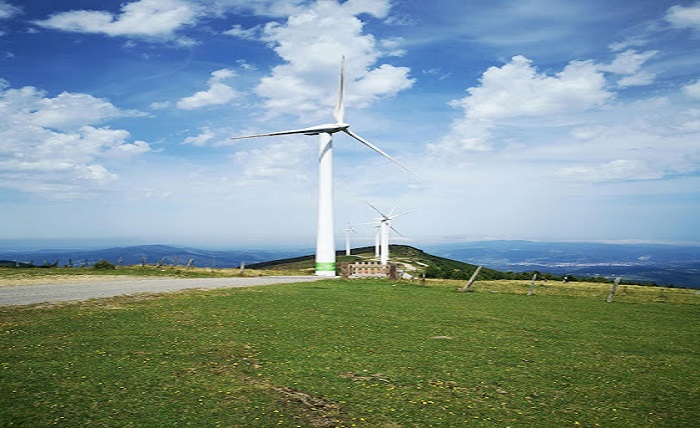Energy debates in Europe often circle around the same points: how to cut emissions, how to reduce reliance on imported fuels, and how to build a system that won’t collapse under strain. The answers so far have been renewables, efficiency measures, and political agreements. Yet, just beneath the surface, there is another bet being placed. Fusion power. It’s a technology that has tempted scientists for decades but has never made it past the experimental stage. Europe is one of the regions most determined to change that. The project feels risky—much like testing strategies in a mines game earning app, where you commit resources not knowing if the return will come quickly or at all.
Why Fusion Matters for Europe
The idea of fusion is simple: reproduce the process that powers stars. The execution is not. The reaction requires temperatures hotter than the sun’s core, along with materials that can withstand constant stress. Europe’s interest is not just scientific curiosity. It is about energy independence.
For decades, Europe has depended on imported oil and gas. Every supply shock has reminded policymakers that this dependence carries a cost. Renewables reduce part of that exposure, but their variability is still a problem. Batteries and storage help, but scaling them to continental demand is expensive and uncertain. Fusion offers, at least in theory, a way to create near-limitless energy domestically. That potential alone explains why governments keep funding it despite the slow pace.
The Timeline Problem
One reason the public often doubts fusion is the timeline. Since the 1970s, researchers have said that commercial reactors are “thirty years away.” The phrase has become a cliché. Europe continues to invest anyway. Why? Because the alternative is to abandon the possibility and leave the field to others.
Even if fusion doesn’t arrive by 2050, the research builds knowledge that can spill into other areas: plasma physics, materials science, even medical technologies. For policymakers, this knowledge economy argument makes the gamble easier to justify. The cost is high, but the payoff is not only energy—it is technological leadership.
Engineering Hurdles
The gap between theory and reality lies in engineering. Fusion experiments have achieved reactions, but none have sustained them long enough to produce net energy. The barriers include:
- Confinement: keeping plasma stable without it collapsing or damaging the reactor.
- Energy balance: current tests consume more power than they generate.
- Material durability: walls and magnets degrade under constant exposure.
These are not minor issues. Each requires breakthroughs that cannot be scheduled. That is why Europe’s approach is collaborative and incremental. Small steps, tested over years, building toward a larger demonstration.
Political and Economic Stakes
Fusion is not only about physics. It is also about politics. Europe wants to show that it can lead in energy technology rather than follow. If the continent succeeds in building the first viable fusion plants, it will gain more than power—it will gain leverage. Control of a new energy source has always shifted global balance, from coal in the 19th century to oil in the 20th. Fusion could be the next pivot.
But politics cuts both ways. These projects demand public money over decades, often with little visible progress. Citizens who face high energy bills may not see why billions are being spent on a technology that still feels hypothetical. Policymakers must balance the narrative: fusion is long-term insurance, not a short-term fix.
Fusion and the Energy Mix
Fusion, if it arrives, will not stand alone. It would sit alongside renewables, nuclear fission, and storage systems. The real benefit is stability. A grid that combines intermittent sources with a steady baseline is less fragile. Europe’s planners already speak in terms of systems rather than single solutions. Fusion fits as the backbone, not the entire skeleton.
There is also an economic angle. If fusion becomes real, the infrastructure around it—fuel supply chains, reactor maintenance, international agreements—will reshape industries. Europe would rather build that infrastructure at home than import it later.
Long-Term View
Critics often say fusion is a dream always pushed into the future. They are not wrong. But Europe’s decision to keep pushing resources into it is not irrational. Energy transitions take decades. Coal dominated for more than a century before oil overtook it. Renewables, too, took decades of subsidy before becoming mainstream. Fusion, even if slow, could follow the same trajectory.
The real question is not whether Europe will get fusion by a certain year, but whether it can afford to stop trying. The risks of climate change, energy insecurity, and dependence on external suppliers all push leaders toward keeping the project alive.
Conclusion
Europe’s bet on fusion is best seen as a hedge. It may not pay off soon, but abandoning it would close the door on one of the few options that could fundamentally change the energy equation. The continent is willing to accept slow progress, high costs, and public skepticism because the stakes are larger than any single project.
If fusion succeeds, Europe could secure an energy source with the potential to last for centuries. If it fails, the research still builds capacity and knowledge. Either way, the effort shows how energy policy is never only about the present—it is about shaping the long-term future, even when the odds remain uncertain.
